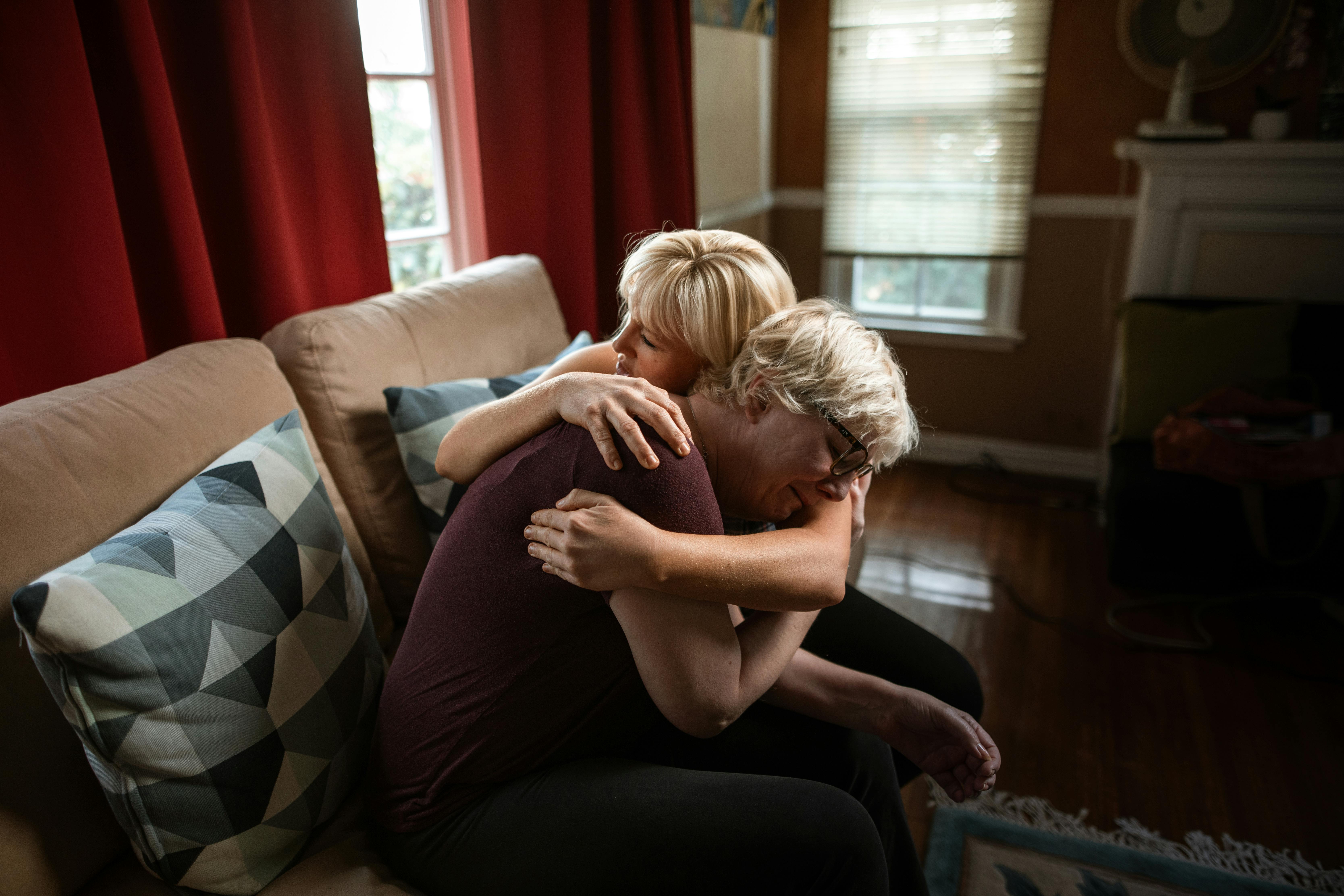Are you still doing 100 crunches?

It still worries me when I see a gym member doing an ab exercise, machine or otherwise, non-stop and clearly in pain and feeling miserable. I stopped this lady to ask her why she was torturing herself in that way and she looked at me downcast and said the following: hang out told him to do 100 repetitions. What!! I firmly told him to cut it by 90%. I’m not sure what happened to her, but I predict she gave up soon after out of boredom and frustration.
What are the abdominal muscles? Let’s break them down and study each one to understand the function of these wonderful muscles. The abs are basically made up of four sections.
1) Abdominal Rectus — These are the long, flat muscles in the front section that everyone wants to develop, the “six pack.” These muscles run vertically on each side of the anterior wall from the sternum to the pelvis. These two vertical muscles are separated by a band of connective tissue called the linea alba and actually make up eight, not six, muscles. The rectus abdominis is crucial in determining your body posture. They flex the lumbar spine when you bend over and help bring the rib cage and pelvis together.
2) external obliques — Part of the lateral abdominal muscle group, this is the largest superficial muscle of the abdomen. It sits on the lateral and anterior part of the abdomen. This muscle is not easily visible due to the fat it contains. The function of this muscle is to pull the chest down to increase intra-abdominal pressure in the abdominal cavity.
3) internal obliques — This is the medial lateral muscle that sits just below the external obliques. Its fibers run perpendicular to the external oblique muscles. It has two functions. One is to reduce the volume of the thorax by being an antagonist to the diaphragm and the second is to work together with the external oblique to achieve a twisting or twisting motion of the trunk.
4) transverse abdominis — The third muscle in the lateral group is located below the internal and external obliques. Helps compress the ribs and provides stability to the core.
Because each muscle moves differently, it only makes sense to work it differently to follow its function. Let’s explore the type of exercise that works these muscles, even though it’s virtually impossible to work them in isolation. However, we can still focus on the primary muscles we want to work. The muscle can be further divided into upper, middle and lower abdominals and obliques. The middle and upper abdominal muscles are what create the elusive six pack. We are going to list the basic exercises for this muscle group.
has) lower abs — Any movement that requires the action of the legs will work this muscle
hanging leg raises
hanging knee raises
Lying Leg Thrusts (Hip Thrusts)
Reverse crunches (flat and decline bench)
abdominal scissors
b) Upper and mid abs — Any cracking movement where the chest approaches the pelvis
Bodyweight Bench Crunch
Stability ball crunch
crunch with weights
cable rope crunch
Decline Bench Crunches
against) obliques — Any twisting or lateral movement
Ab bike (alternate leg to elbow)
Alternating Oblique Crunch
Any abdominal machine with the side of the body facing forward
A combination of any of these exercises performed a maximum of 3 times per week is sufficient. You need to let it recover and grow so don’t work them daily. They need at least 48 hours to recover. How many reps and sets do you need to do? A repetition, or repetition, is one execution of the exercise. A set is a total of completed repetitions. To build muscle, it is recommended to perform between 10-15 repetitions. If you can complete the 15th rep easily, it’s too light. Increase the weight by 10-20% and do it again. The last repetition should be difficult but not impossible. For the second set, increase the weight again by 20%. If you used 10 pounds for the first game, bring it up to 12 pounds. You can only complete 12 or 13 reps and that’s fine. Your muscles are being challenged as they should. You will complete 3 sets of one exercise before moving on to the next. Be sure to rest for 45 seconds to 1 minute before attempting the next set to avoid overtraining and injury.
Now that you’ve got your ab workout routine right, it’s time to add cardio to burn the fat hiding those fabulous muscles you’re building. You cannot reduce fat by countless repetitions. The body’s fat burning mechanism cannot be persuaded to burn fat in a specific location.
You don’t need to spend an hour on the treadmill and kill yourself out of boredom. Experiment with high intensity or interval training for 20-30 minutes to boost your metabolism for hours after you’re done. Do this 3-4 times a week. As you can see, you don’t need and shouldn’t do a lot of reps, like a hundred crunches (abs are not even mein the list above). Why? The sit-ups can cause back injuries and the abdominal muscles don’t work as much because you have now introduced the hip flexors to do most of the work. So skip it.
And finally, eat more fresh fruits and vegetables, and cut back on fried foods and high-fat desserts. Drink 6 to 8 glasses of water a day to flush out toxins from your body. If you follow this program, you are surely on your way.